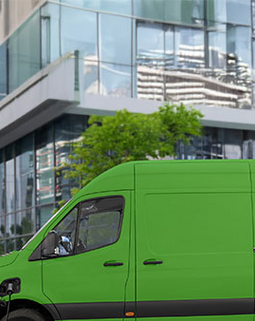Bhutan is experiencing a surge in vehicle registrations, with over 116,000 vehicles as of September this year. The rising number of vehicles, particularly in the capital city of Thimphu, is leading to challenges such as traffic congestion, parking shortages, and increased pollution.
Critics argue that existing policies have not effectively addressed these issues, and some commuters report a significant increase in travel time, especially during rush hours.
Challenges in Implementing Transport Policies
Despite the Bhutan Transport 2040 Integrated Strategic Vision developed in 2011, critics claim that policies addressing the growing congestion have remained on paper. The lack of a cap on the number of vehicles, considered politically sensitive, has contributed to the continuous rise in registrations.
An official from the Ministry of Information and Communication (MoIC) acknowledges the need for comprehensive policies to manage the increasing pressure on road infrastructure.
Surface Transport Policy and Sustainable Alternatives
The MoIC is actively working on a Surface Transport Policy (STP) to address the current challenges. The STP aims to promote sustainable and inclusive transport services, exploring alternative modes such as rope-ways, cable-cars, railways, and riverine transport to reduce dependency on roads.
Additionally, the policy incorporates an intelligent transport system, utilizing ICT to control and manage traffic effectively.
Public Transport Initiatives for Better Mobility
In an effort to improve public transport and reduce reliance on private cars, the government has allocated funds for GPS tracking systems in all passenger buses. The installation of variable message boards at bus terminals in Thimphu and Phuentsholing aims to provide real-time information on bus arrivals and departures.
The focus on last-mile connectivity is highlighted as crucial to making public transport a more convenient option for the general public.
Electric Vehicles (EVs) and Bhutan's Green Initiative
While Bhutan's energy comes primarily from renewables, the transportation sector heavily relies on fossil fuels. Efforts to promote electric vehicles (EVs) began in 2014, but progress has been slow. Only 0.16% of registered vehicles are EVs as of September.
The government's initiative, "Bhutan Sustainable Low Emission Urban Transport Systems," aims to replace 300 taxis with EVs. Challenges such as skepticism and the pandemic have impacted the project, but a draft Electric Vehicle Roadmap 2035 is nearing approval. The country is also investing in charging infrastructure to support the widespread adoption of EVs
In addition to the EV initiatives, a draft Electric Vehicle Roadmap 2035 is nearing approval to provide a comprehensive framework for the country's electric mobility future. With 22 charging stations already established and an allocation of Nu 69M for more stations, Bhutan is making significant strides toward a low-emission and sustainable transportation system.





